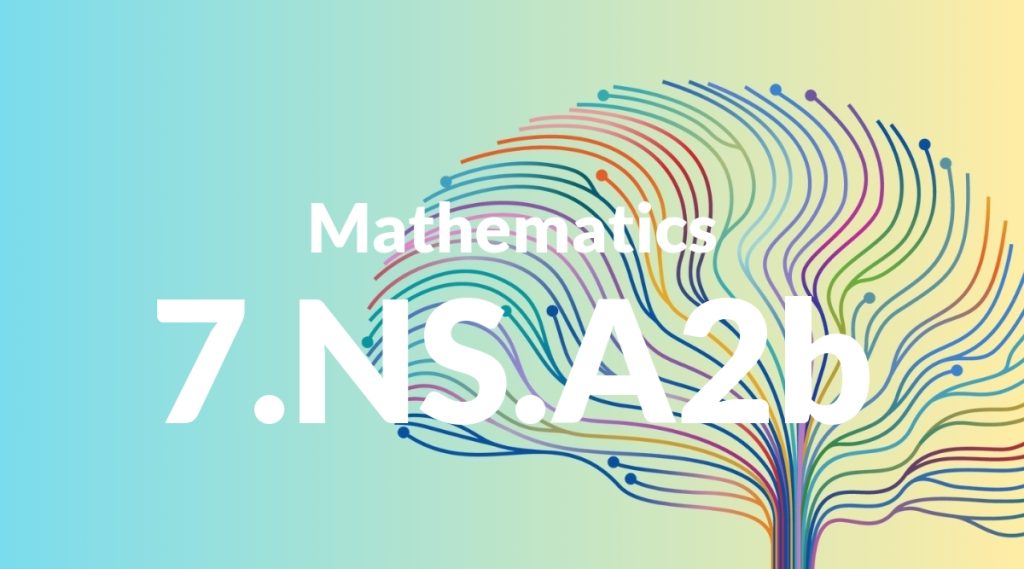Standard: 7.NS.A2b – Understand that integers can be divided, provided that the divisor is not zero, and every quotient of integers (with non-zero divisor) is a rational number. If p and q are integers, then -(p/q) = (-p)/q = p/(-q). Interpret quotients of rational numbers by describing real-world contexts.
Grade level: Grade 7
Subject: Mathematics
Domain: The Number System
Teacher Overview
This standard focuses on understanding the division of integers and the resulting quotients. It is crucial because it builds a foundation for working with rational numbers and prepares students for more advanced mathematical concepts. Mastering this standard helps students interpret and solve real-world problems involving division. Students should have a solid grasp of basic arithmetic operations and an understanding of negative numbers and their properties.
Mastering this standard will enable students to solve more complex problems involving rational numbers and prepare them for future topics such as proportional relationships and linear functions.
Common Misconception 1
Some students might think that dividing by a negative number is not allowed. This misconception arises from a misunderstanding of how negative numbers interact with division.
Intervention 1
To address this misconception, use visual aids and number lines to show how dividing by negative numbers works and how it affects the quotient. Provide plenty of practice problems with negative divisors.
Common Misconception 2
Another common misconception is that the quotient of two integers is always an integer. This can lead to confusion when students encounter fractional or decimal quotients.
Intervention 2
Provide examples and counterexamples to demonstrate that the quotient of two integers can be a fraction or a decimal. Encourage students to verify their answers by multiplying the quotient by the divisor to see if they get the original dividend.
Prerequisite Knowledge
Students should understand basic arithmetic operations, including addition, subtraction, multiplication, and division of whole numbers and fractions. They should also be familiar with the concept of negative numbers and their properties.
Subsequent Knowledge
After mastering this standard, students will be able to solve more complex problems involving rational numbers, including those in algebraic expressions and equations. They will also be prepared to work with proportional relationships and linear functions.
Instructional Activities
- Use visual aids and number lines to demonstrate division involving negative numbers.
- Provide real-world examples, such as splitting a bill among friends.
- Create group activities where students solve division problems with integers and rational numbers.
- Use interactive math software to practice division with immediate feedback.
- Incorporate word problems that require interpreting quotients in real-world contexts.




